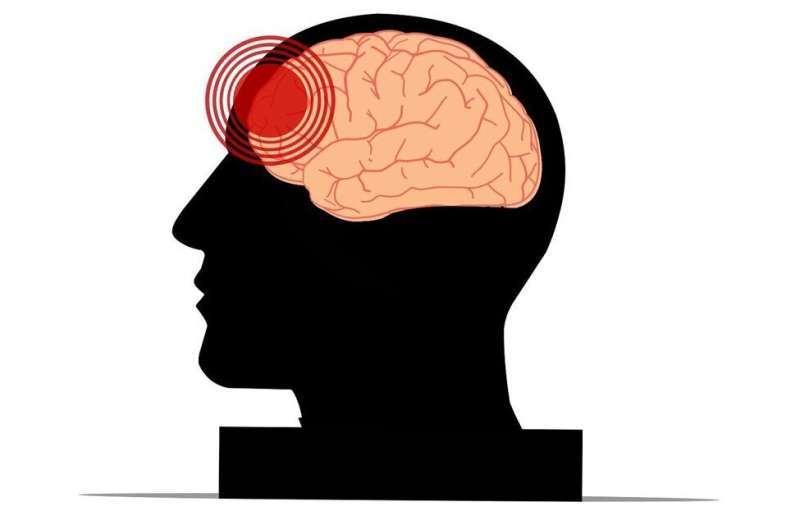New Study Links Family Hardship to Increased Eating Disorder Symptoms in Adolescents

A recent UK study reveals that family socioeconomic hardship during childhood significantly increases the risk of eating disorder symptoms among adolescents, challenging stereotypes and emphasizing the need for equitable mental health support.
Recent research underscores the significant influence of family socioeconomic hardship on the development of eating disorder symptoms among teenagers. While eating disorders can affect anyone regardless of age, gender, ethnicity, or socioeconomic background, misconceptions persist, particularly the idea that these conditions are exclusive to affluent populations. This myth often results in underdiagnosis and limited access to treatment for children from lower-income families.
A comprehensive, long-term study conducted in the United Kingdom analyzed data from 7,824 children over 18 years, from birth until age 18. Researchers examined various social factors, including parental education, employment, residential location, and household income, which was divided into five income bands. Mothers also rated their household’s financial hardship based on difficulties in affording essentials like food, heating, clothing, and rent. Higher scores indicated greater hardship.
As participants entered their teenage years (14–18), researchers assessed their eating behaviors and feelings about body image. Disordered eating patterns such as excessive dieting, bingeing, purging, fasting, and dissatisfaction with body shape were all evaluated. Findings revealed that adolescents whose families experienced higher financial struggles during infancy were more likely to exhibit eating disorder symptoms.
Specifically, for every one-point increase on the hardship scale, there was a 6% rise in the likelihood of experiencing disordered eating behaviors. Teenagers whose parents had only completed compulsory schooling were 80% more at risk than those whose parents attended university. Moreover, children from the lowest income groups faced a 34-35% higher risk compared to peers from higher-income families.
This research challenges the stereotype that eating disorders mainly affect wealthy individuals. It highlights that socioeconomic disadvantage is a crucial risk factor for developing disordered eating behaviors, emphasizing the urgent need to address social inequalities. Traditionally, studies have focused on diagnosed cases; however, this study considered symptoms regardless of whether individuals sought help, capturing a broader picture of eating disorder risks.
The findings also point to barriers in accessing diagnosis and treatment, as individuals from lower socioeconomic backgrounds are less likely to be formally diagnosed or seek support. Raising awareness through education for families, schools, and healthcare providers about the diversity of eating disorder presentations is vital. Additionally, affordable treatment options must be expanded, with current barriers such as high out-of-pocket costs limiting access.
In conclusion, recognizing the impact of early life socioeconomic hardship on adolescent eating behaviors is essential for developing targeted prevention and intervention strategies. Efforts to improve socioeconomic conditions and reduce stigma can play a significant role in addressing these mental health challenges.
Source: Medical Xpress
Stay Updated with Mia's Feed
Get the latest health & wellness insights delivered straight to your inbox.
Related Articles
Young Athletes Face Mental Health Risks from Repeated Brain Injuries Beyond Professional Levels
Emerging research shows that youth sports participants are at significant risk of mental health issues due to repeated traumatic brain injuries, emphasizing the need for enhanced safety measures and awareness.
Understanding Why Suicidal Teens Find Reasons to Keep Living: Insights from Recent Study
A recent study uncovers the personal reasons that drive suicidal adolescents to find hope and reasons to keep living, emphasizing the importance of personalized support in suicide prevention.
Long-Term Mental Health Impacts of Firearm Violence: A Global Perspective
A comprehensive global review reveals that exposure to firearm violence has lasting psychological impacts, emphasizing the need for holistic interventions that address both physical and mental health risks.



